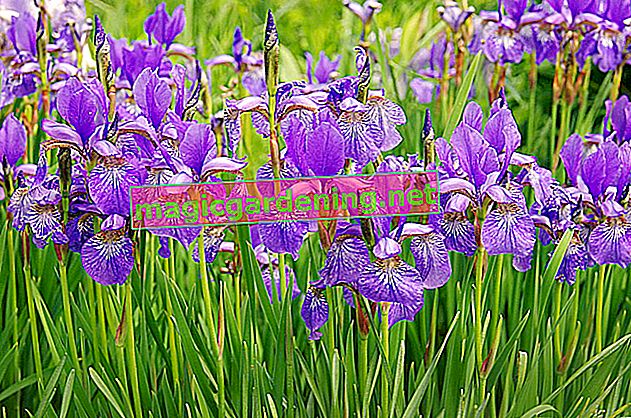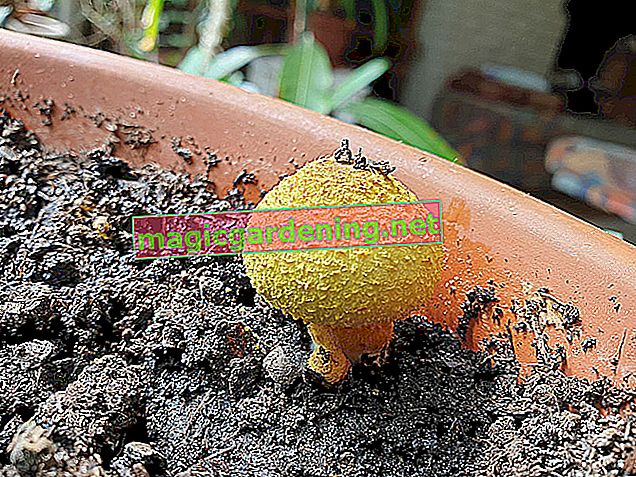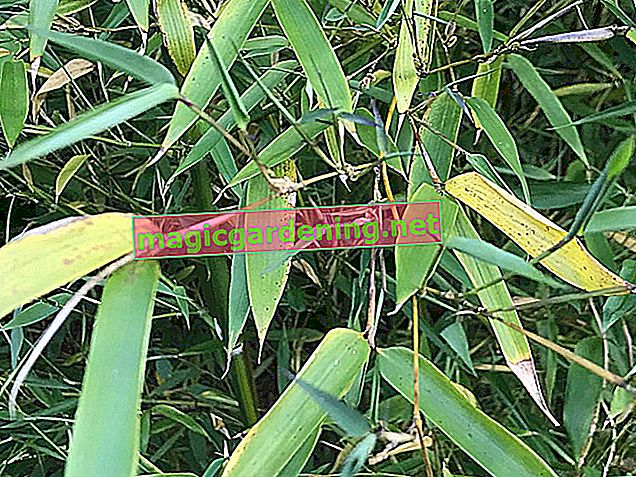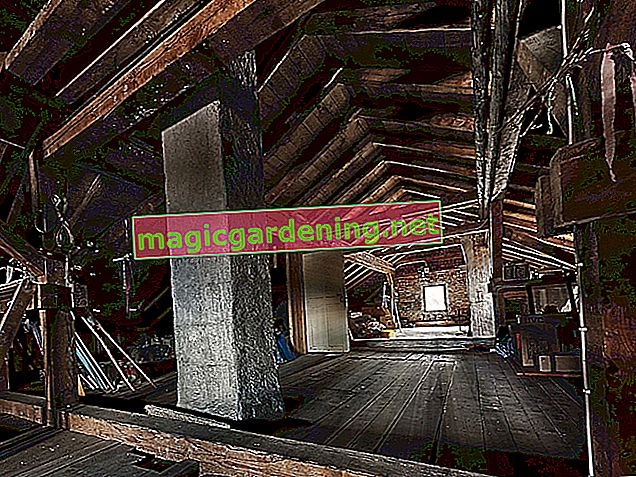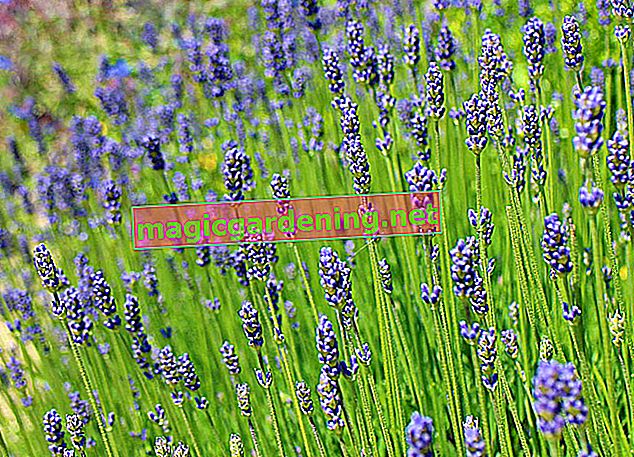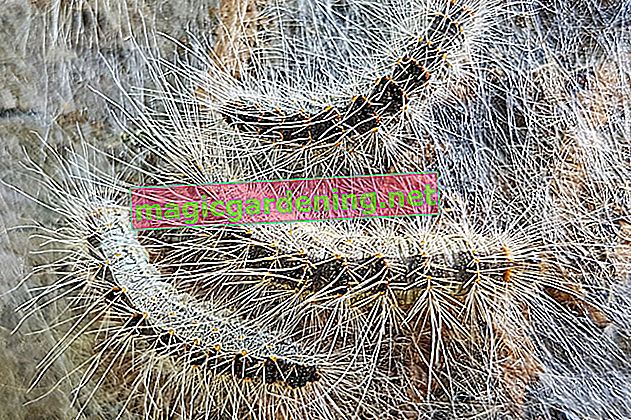
Planting time in autumn scores with advantages
An elongated hedge or property fence requires the purchase of numerous field maple bushes, combined with a correspondingly high cost. Bargain hunters invest in inexpensive, substrate-free root products. This habit is planted between October and April, as long as it doesn't freeze. In addition to cost savings, hobby gardeners with limited free time appreciate the fact that planting can be done outside of the main season.
also read
- How to plant field maple as a hedge and tree - tips & tricks
- Is a field maple hedge poisonous?
- This is how your field maple hedge gets through the winter well
Bales and container goods cost significantly higher because they can be put into the ground all year round - even in summer. Those who decide to plant in imperial weather, of course, often underestimate the high watering requirement in the middle of the main season. It is not uncommon for the costly field maple hedge to deteriorate as a result of drought stress.
The choice of location is subject to minimal restrictions
Field maple already lives up to its nimbus as a robust all-rounder when choosing the location. The list of unsuitable framework conditions is much shorter than the catalog of suitable site conditions. Only in full shade, in acidic peat soil and under the influence of permanent waterlogging do Acer campestre slack.
A field maple hedge achieves its optimum in a sunny to partially shaded location in any normal garden soil that may be calcareous. Under these ideal conditions, the hedge quickly reaches the required height for reliable privacy protection.
Planting the field maple hedge skillfully - Here's how to do it right
First, mark the planned course of the hedge with a plant line. Lay out the young plants along the line at the correct planting distance. For root crops, dig a continuous planting trench. For container or bale goods with a planting distance of 30 cm, individual pits with twice the volume of the root ball are sufficient. How to proceed professionally step by step:
- Soak the roots of the bushes in water during the excavation work
- Enrich the excavation with compost and horn shavings
- Loosen the bottom of the trench with a rake for better rooting
- Pull off the container, do not remove the ball ropes, cut off roots damaged by the roots
- Use field maple in the ditch or pit while maintaining the previous planting depth
- Simply open the ball of towels beforehand as they will rot later
Tread the soil firmly and water generously. Then spread out a layer of leaves or bark mulch, which will serve as frost and moisture protection when planting before winter. Finally, cut back all shoots by at least a third to compensate for the lost root mass.
The 3 Most Common Planting Mistakes To Avoid - What To Look For
If there are complaints of stunted growth after planting a field maple hedge, the following 3 rookie mistakes are behind the problems:
- In the case of roots or balls of material, there was no pruning by a third in the last step of planting
- The ball cloth was removed prior to planting
- Insufficient water supply
During the harvest in the tree nursery, a large proportion of the root mass is lost in root and ball goods. The supply of the shoots with water and nutrients is correspondingly reduced. If there is no compensation through adequate pruning, growth problems in the field maple hedge are inevitable. Removal of the bunions presents similar difficulties.
Modern drip irrigation does not meet the high water requirements of a field maple hedge after planting. The young shrubs can only take root vitally if they are abundantly and generously watered. This does not only apply to the planting day itself, but is of essential relevance for the following weeks.
Uncomplicated care - cutting is the be-all and end-all
If you heed these recommendations for professional planting, the maintenance of your field maple hedge will be reduced to a minimum in the following years. Strongly rooted Maßholder shrubs only require irrigation water in summer drought. The nutrient supply is limited to the one-off application of compost with comfrey manure in autumn or spring.
The linchpin in the care program is pruning. The rapid growth in the first few years requires that you pick up scissors on at least two dates so that your field maple hedge maintains a neat appearance. Cut back the hedge during the sap dormancy in autumn or late winter and remove the dead wood. The best time for a light, nourishing cut is shortly after St. John's Day. To protect breeding birds, pruning is limited in summer to the regrown shoot tips.
Tips
Numerous classics among the hedge bushes are unsuitable as fencing and privacy screens for the family garden. Thuja, yew or privet contain toxic substances that are harmful to children and pets. Not so the local field maple. In contrast to the majority of its kind, an Acer campestre does not contain any toxic substances.


